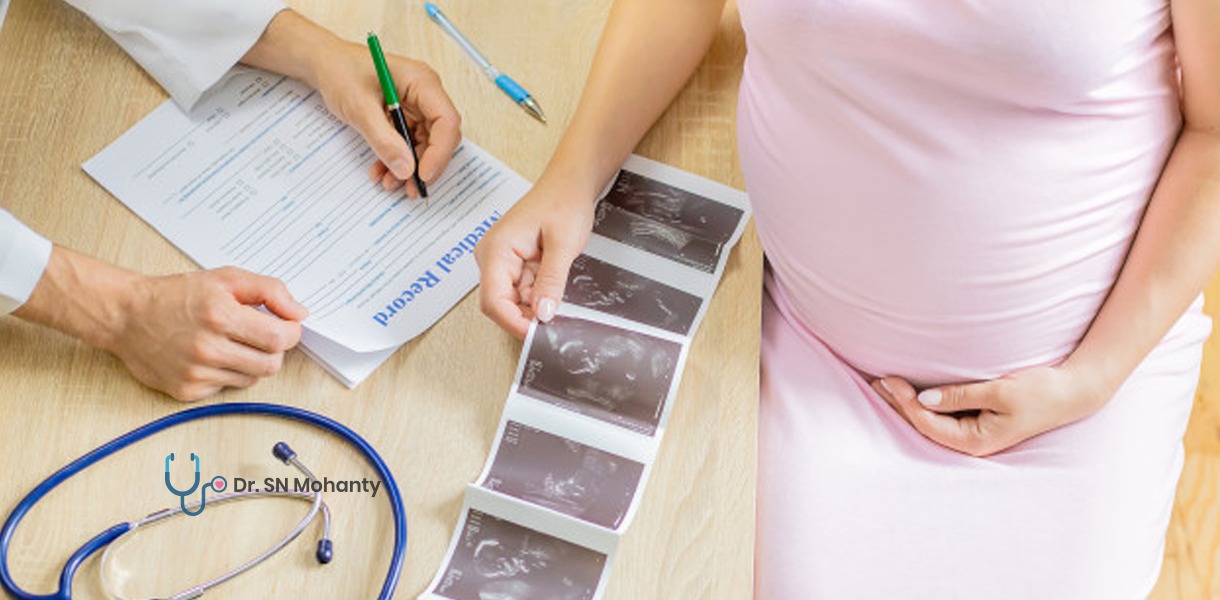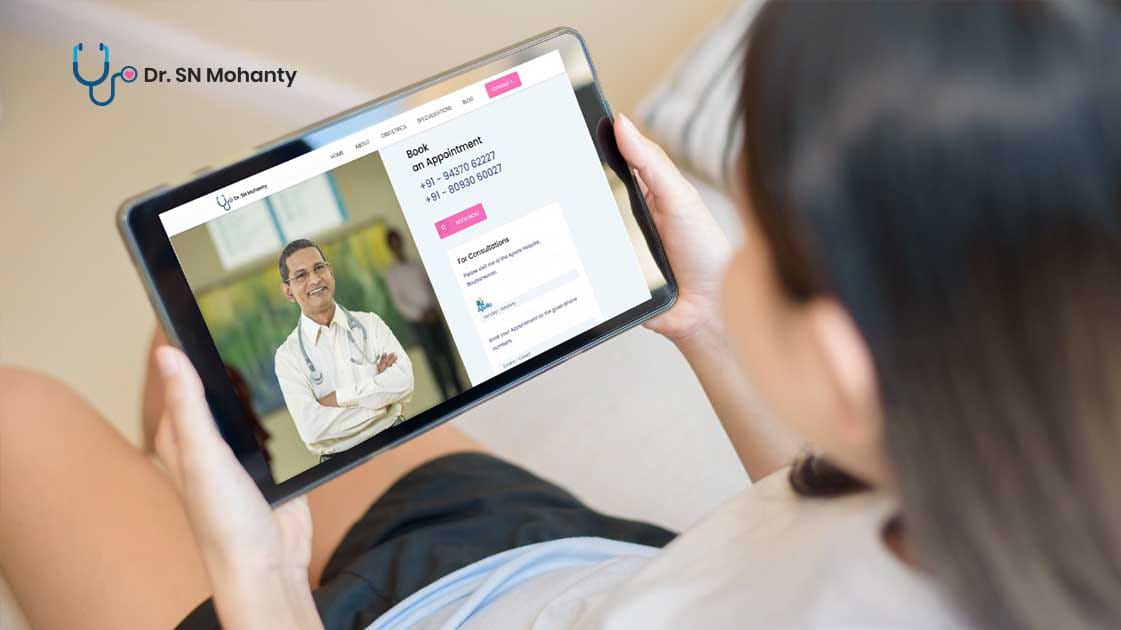
It is essential for every woman to regularly check her reproductive organs with the gynecologist. Gynecologist helps the woman to take care of her female part's health. There are various problems female faces related to their reproductive organs. A female should start seeing a gynecologist from the age of 13 to 15 or even when they become sexually active. It helps the woman to live a healthy life.
There are various ways through which a gynecologist, examines a woman’s reproductive organs from ultrasound and X-rays, etc. There are many more ways by which doctors examine a lady's female parts through microscopic vision. Scientifically, the procedure is called laparoscopy.
Dr. S N Mohanty, one of the best gynecologists in Bhubaneswar, Odisha, has experience in assessing and solving the issues related to the female reproductive system. He says that gynecological laparoscopy is one of the best techniques to determine the reproductive system of a woman.
What is gynecological laparoscopy?
Gynecological laparoscopy is the clinical diagnostic procedure undertaken by the gynecologist to view and examine the female reproductive organs. This procedure includes the usage of a laparoscope, a thin viewing microscopic tube which is similar to a telescope. It is inserted in the abdomen with a small cut through it. This procedure helps the doctor to view the woman’s reproductive organs and determine the problems in every organ with a close eye on it. It is the procedure that gives a complete view of the female organs such as the uterus and areas around the uterus, ovaries, fallopian tubes, and various nearby organs.
Why gynecological laparoscopy?
You might have the question that there are different procedures such as ultrasound and X-rays available, then why gynecological laparoscopy? The need for pelvic laparoscopy is when procedures such as ultrasound and X-rays are unable to detect the exact reason for the pain as their reach is limited to a certain level.
The gynecological laparoscopy is mainly recommended to examine the following:
• Cause of pelvic pain in pelvic and nearby abdominal regions
• Determine the mass of the tissue or fat accumulated on it
• Confirm pelvic inflammatory disease
• Determine the blockage of fallopian tubes
• Other causes of infertility or conceiving issues
The detailed procedure of performing the pelvic laparoscopy is as follows:
The pelvic laparoscopy is performed under general anesthesia so that there is no pain during the surgery and muscles are relaxed effectively. During the surgery, you are in a sleeping position with your head titled slightly downwards in such a way that your head is a little lower than your toes.
During the pelvic laparoscopy surgery, the doctors make an incision under your navel to insert the laparoscope. The doctor might inflate your lower abdomen with air or gas so that he can see the organs. The doctors might also attach a small instrument that will cut the tissue samples that will help for further examination.
There is a possibility that doctor might also make a second incision at the public hairline. He might do this so that he can complete minor surgery if needed. Once the procedure is done, you might be kept in the operation theatre for observation.
After a complete observation, you might be recommended with certain recovery instructions and then discharged. You might be hospitalized or recommended to stay in the hospital for 24 hours. You can call your family members or some relative to accompany you.
Preparations Before Surgery:
To be prepared for the surgery, you might be asked to do the following:
• Not to eat, drink, or smoke before the day of surgery. (mostly from midnight)
• Do not wear any kind of jewelry
• Do not wear nail polish
• Your stomach or abdomen may be slightly tendered after surgery. Hence, try to wear loose-fitting clothes.
• Avoid wearing high heel footwear
Risks related to Pelvic laparoscopy surgery
It is one of the safest surgeries related to pelvic. Laparoscopic surgery comes with lower risks. A very minor number of women who find problems such as problems related to anesthesia, pelvic pain, bleeding, and other some of the problems. But, most of the time, all these problems are never seen.
Recovery time and what to do if there is any discomfort
You can get recovered at home also. You need not stay in the hospital till you get fully recovered. You should take care of the following things while getting recovered at home.
• Do not drink in your recovery period.
• Do not drive within 24 hours of your surgery.
• It is the surgery. Hence, you might be bandaged with the stripes; you can remove them after 2 to 3 days of surgery.
• If you are a working woman, then you can resume your work after 3 days of surgery if you are all ok.
• If your fallopian pipes are checked, you might experience that your urine is green in color. You should not be afraid of it as it is just a color of dye.
You may feel the following discomfort during your recovery time at home.
• You may feel discomfort due to a swollen abdomen. To relieve it, you may take acetaminophen to relieve pain.
• Your shoulder and hands pain due to the gas in your stomach. To get relieved from it, you can just take a warm shower at times.
• Try eating light meals in the evening as at times, you might feel nausea.
Where your sexual activity is concerned, you might start continuing your sexual activity after one week of surgery if you feel comfortable.
In some cases, you may also experience some vaginal bleeding after gynecological laparoscopy surgery. Also, in some cases, you may feel heavier bleeding and more discomfort than usual. You should wait for your two to three menstruation cycle to get things normal and also determine whether the laparoscopy has worked for you or not. With Dr. S N Mohanty, you will experience a smooth gynecological laparoscopic procedure.










